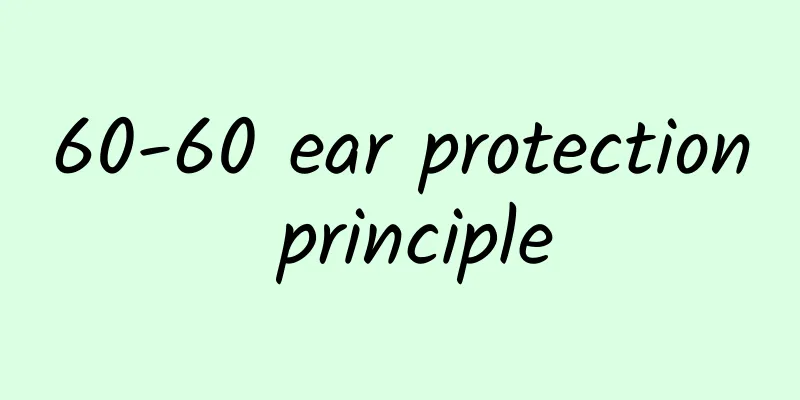Difference between cystic echo and anechoic

|
The biggest difference between cystic echo and anechoic is the presence or absence of a wall. Cystic echo has a wall and contains liquid, while anechoic means there is no wall. The so-called echo actually has a lot to do with the shape and state of the object it touches, so we often judge whether a lesion has occurred based on the echo. It is also widely used in medicine, and cysts are generally echoless. Generally speaking, the cystic echo described on B-ultrasound refers to a cyst, which has a wall and is filled with liquid. However, the echo-free area described on B-ultrasound has no wall and is irregular in shape. The echo-free area should also refer to liquid, which usually occurs when there is bleeding or inflammatory exudation. The echo is most likely a simple ovarian cyst, while the echo is most likely a chocolate cyst, which is a type of endometriosis. Both types of cysts can be treated with ultrasound intervention as the first choice, and no surgery is required. The absence of echo simply indicates that its composition is fluid, i.e. a cyst. Some ovarian cysts are non-neoplastic cysts and generally disappear with the menstrual cycle. You can have another ultrasound check 3-7 days after your next menstrual period. Different objects react to different echoes. It doesn't matter what echo is good or bad. What matters is whether the echo of the object is normal or not. Polycystic ovary syndrome is a syndrome characterized by chronic anovulation, amenorrhea or oligomenorrhea, infertility, obesity, acne, hirsutism and polycystic ovary enlargement. You should exercise more, reduce the intake of high-fat and high-sugar foods, and lose weight to counteract the effects of androgens and promote ovarian ovulation. Cysts are generally anechoic, that is, liquid, and some may be impure, that is, uneven anechoic areas or impure cystic cavities. The absence of echo simply indicates that its composition is fluid, i.e. a cyst. Those without echoes are liquid, while those with echoes are substantial. There is no way to tell the difference between good and bad. If cystic echo is the result of uterine cavity examination, it indicates possible pregnancy. If cystic echo is found in the ovary, it is considered to be ovarian cyst. |
<<: When does delayed menstruation start?
>>: What are the benefits of washing the genitals with mugwort leaves?
Recommend
Can I use foot patches during menstruation?
Foot patches have certain effects of relaxing mus...
Can I eat corn oil during menstruation?
The menstrual period is actually a special period...
IHS iSuppli: Fitness electronics shipments expected to reach 56.2 million units in 2013
On May 17, 2013, market research company IHS iSup...
How long does it take for a woman to have confinement? How many days does it take for a girl to have confinement?
Confinement refers to the six weeks after a woman...
Can I eat kiwi fruit during menstruation?
In today's life, you will find that many girl...
What exactly is the human hemipulmonary virus that has become a hot topic, and how can we deal with it?
Recently, the topic #国产发生人体块病毒菌# suddenly became ...
A family member is suddenly diagnosed with cancer, what can we do for them?
It is inevitable that relatives, friends, and acq...
Under what circumstances can I get pregnant with an IUD?
The IUD is a very good contraceptive method. Gene...
When does the fetal position become fixed?
The normal fetal position should be that the feta...
Will the fallopian tubes become blocked again after surgery?
Childbirth is a woman’s right. If a woman cannot ...
My period is over and I'm bleeding again
As we all know, menstruation is a way for women t...
What should you pay attention to when you have your first menstrual period? It turns out to be these 8 points
A girl's first menstruation is also called me...
Can I do Pilates during my period?
Nowadays, many people who work out in the gym par...
How long does it take for menstruation to occur after taking progesterone?
The corpus luteum is a hormone secreted by the ov...
What are the dangers of amenorrhea in women
Amenorrhea in women has a great impact on physica...









